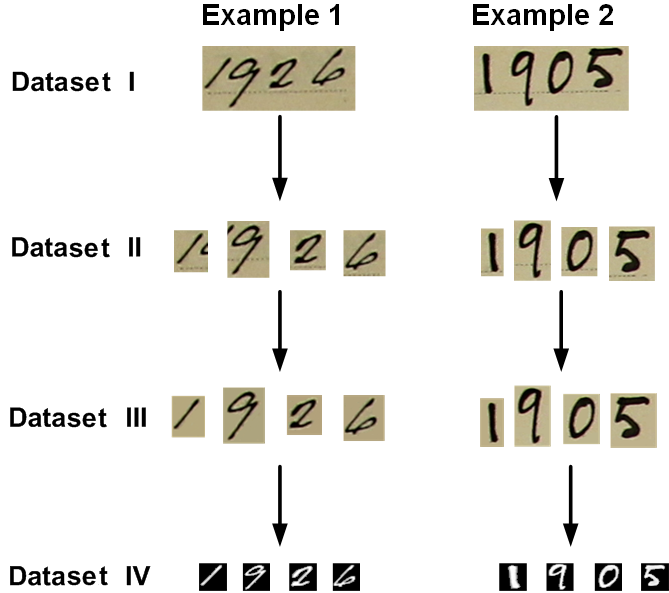
Code & Datasets
Dataset: ARDIS (Arkiv Digital Sweden)
The free access Swedish dataset of historical handwritten digits [Get it].

Dataset: SHIBR (Swedish Historical Birth Records)
The free access Swedish historical birth records: A semi-annotated dataset [Click here].
Abbas Cheddad, Hüseyin Kusetogullari, Agrin Hilmkil, Lena Sundin, Amir Yavariabdi, Mustapha Aouache, Johan Hall; "SHIBR-The Swedish Historical Birth Records: A Semi-Annotated Dataset," Accepted in: Neural Computing & Applications, Springer, 2021.
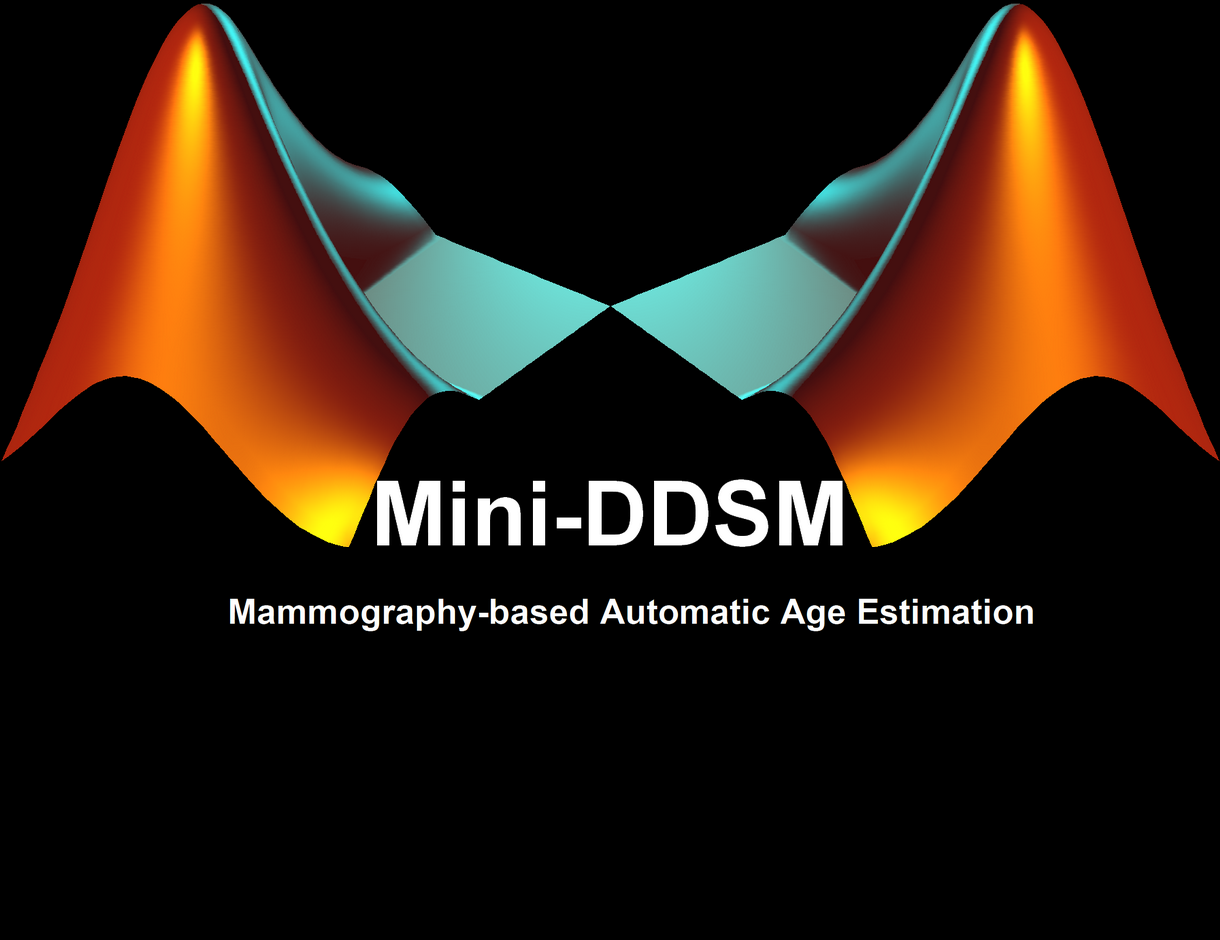
Dataset: Mini-DDSM
The Mini-DDSM (Digital Database for Screening Mammography) [ Get it].
C.D. Lekamlage, F. Afzal, E. Westerberg and A. Cheddad, “Mini-DDSM: Mammography-based Automatic Age Estimation,” in the 3rd International Conference on Digital Medicine and Image Processing (DMIP 2020), ACM, Kyoto, Japan, November 06-09, 2020. [Code (Pectoral Muscle Segmentation)]. As of 2021-12-09: 11.1k Views 4257 Downloads!
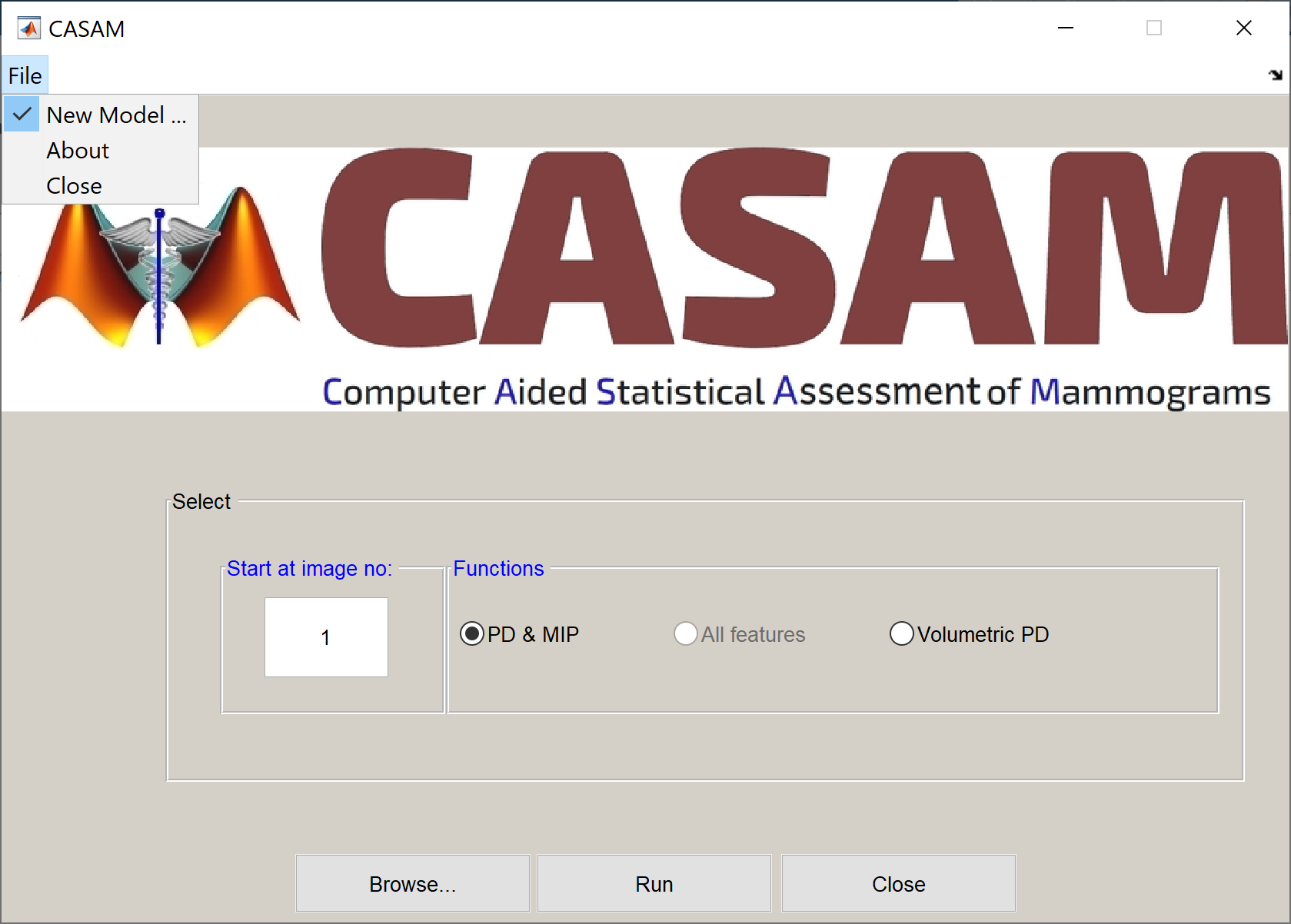
Code: CASAM
CASAM (Computer Aided Statistical Assessment of Mammograms) [Get it] (~92MB).
In response to RECIPIENTs request for the material (1/ Software package for implementation of the mean intensity of pectoral muscle (MIP) described in Cheddad et al., Cancer Epidemiology, Biomarkers & Prevention (CEBP), 2015, PMID: 25870223, and Cheddad et al., Cancer Epidemiology, Biomarkers & Prevention (CEBP), 2014, PMID: 24722754 2/ Software package for implementation of area and volumetric density measurement as presented in Cheddad et al., PLoS One, 2014, PMID: 25329322), the provider asks that the RECIPIENT agrees to cite the above papers (more details in the accompanied help file).
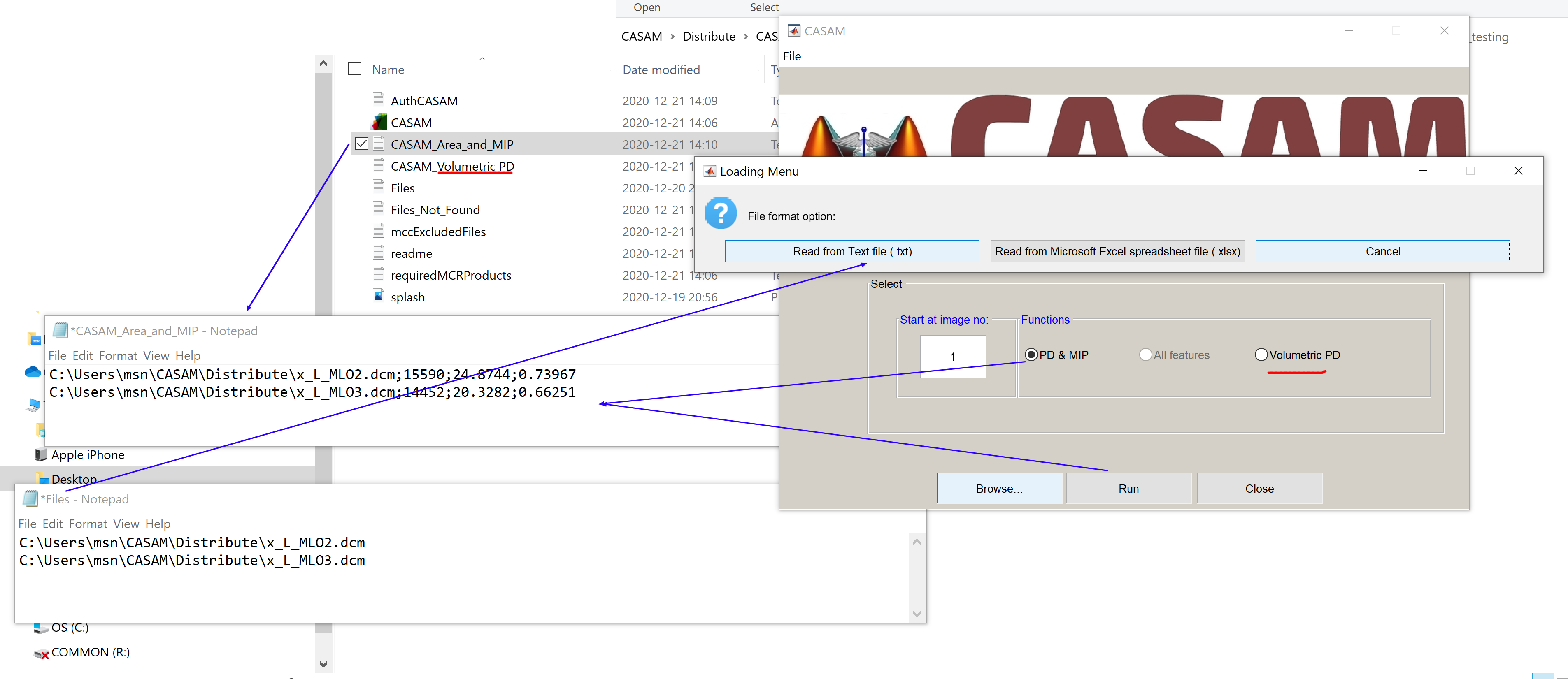
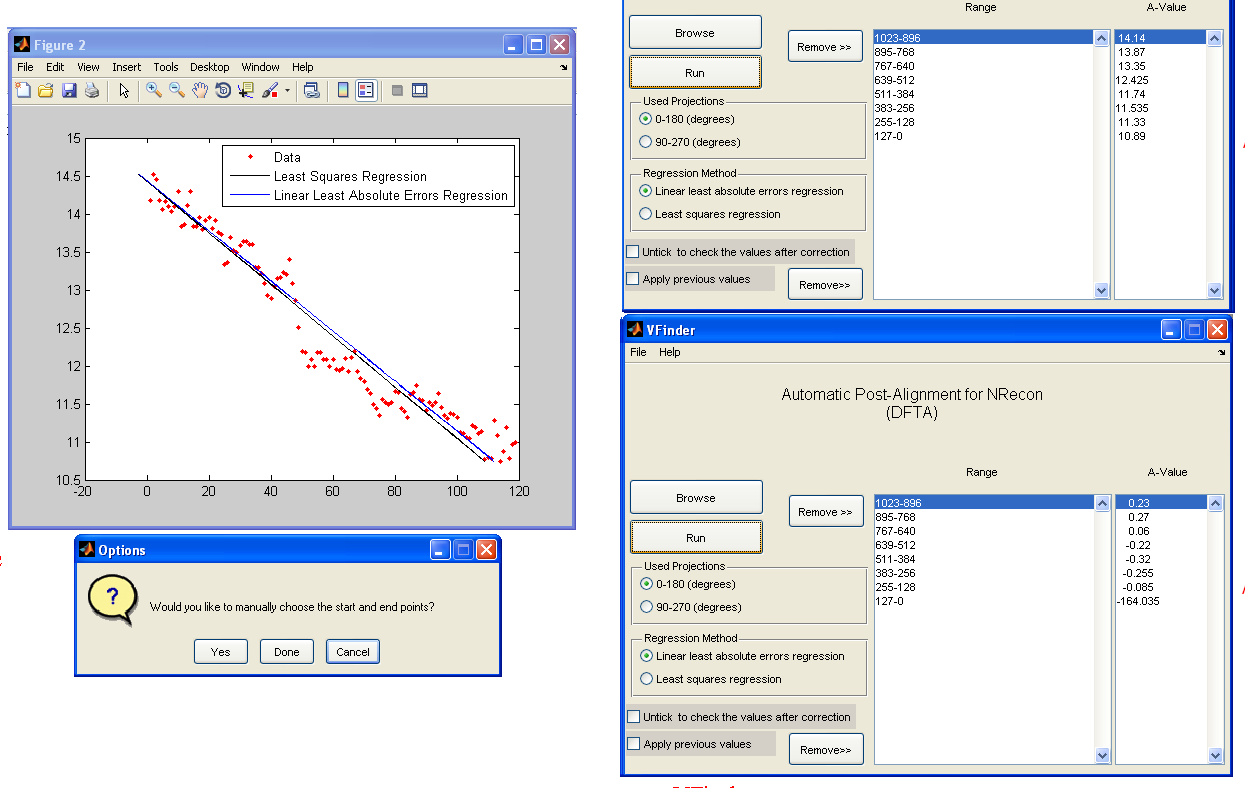
Code: DSPOPT (free)
This is a software package that is described in: Abbas Cheddad, Christoffer Svensson, James Sharpe, Fredrik Georgsson and Ulf Ahlgren,(2012),“Image Processing Assisted Algorithms for Optical Projection Tomography”, IEEE Transactions on Medical Imaging, Volume: 31 Issue:1, pp:1-15. DSPOPT is now provided free of charge to the research community for non-commercial use. Several research centres in Australia (Monash University), Finland (Oulu University), UK (MRC University Unit For Human Genetics, University of Edinburgh- and Imperial College London), Denmark (Novo Nordisk Company), Czech Republic (the Academy of Sciences) and Sweden (Umeå University and Lund University) are now using this software, integrating it into commercial OPT scanners in their respective laboratories. [Check it out].
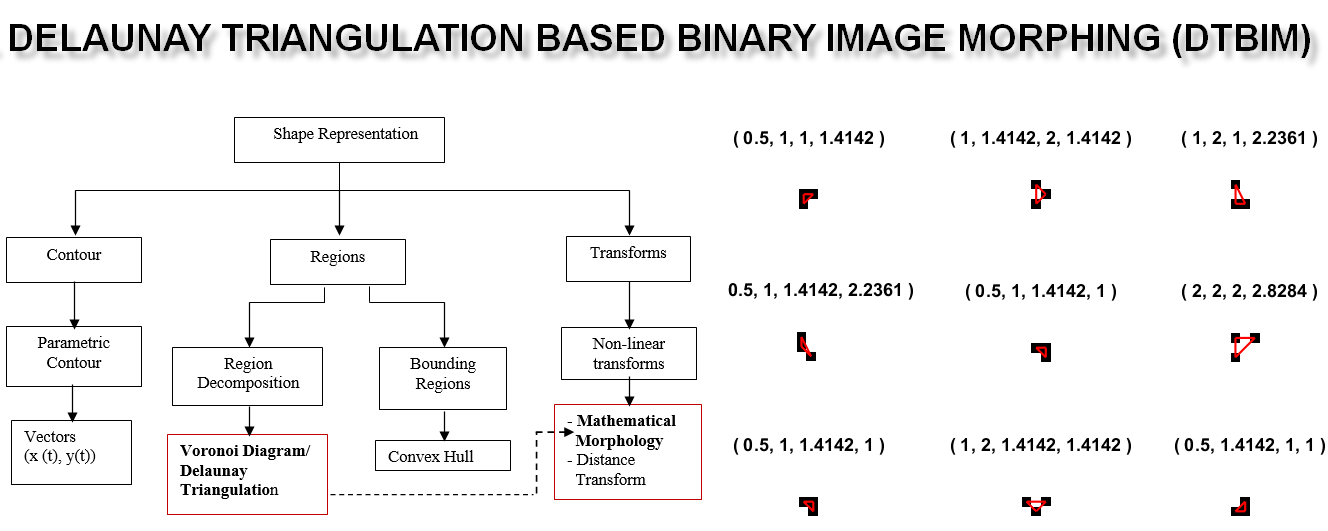
Code: DTBIM (free)
Delaunay triangulation based binary image morphing (DTBIM) is a new way to dilate binary objects (shapes, digits, etc.). Not meant to replace bwmorph. Its underlying algorithm is fully described in: Cheddad A. "Structure Preserving Binary Image Morphing using Delaunay Triangulation." Pattern Recognition Letters, (2017) 85, pp. 8-14. Elsevier. [Get it].
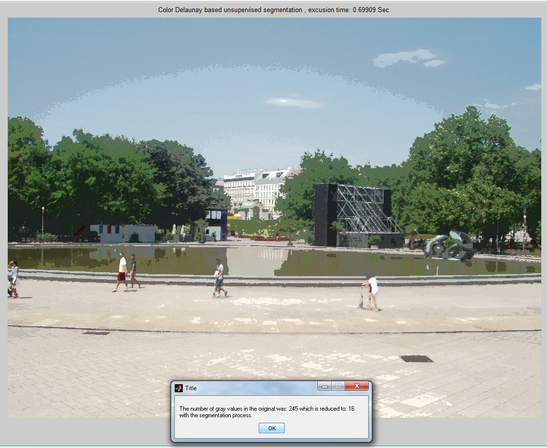
Code: Image Segmentation (free)
This function applies the Delaunay-based image segmentation, which is a fully automated process that does not require initial estimate of number of clusters. Its underlying algorithm is fully described in:
- A. Cheddad, D. Mohamad and A. Abd Manaf, "Exploiting Voronoi diagram properties in face segmentation and features extraction," Pattern Recognition, 41 (12)(2008)3842-3859, Elsevier Science.
- A. Cheddad, J. Condell, K. Curran and P. Mc Kevitt. On Points Geometry for Fast Digital Image Segmentation. The 8th International Conference on Information Technology and Telecommunication IT&T 2008, Ireland 23 – 24 October 2008, pp: 54-61.
[Get it (Ver 1) and Get it (Ver 2)].
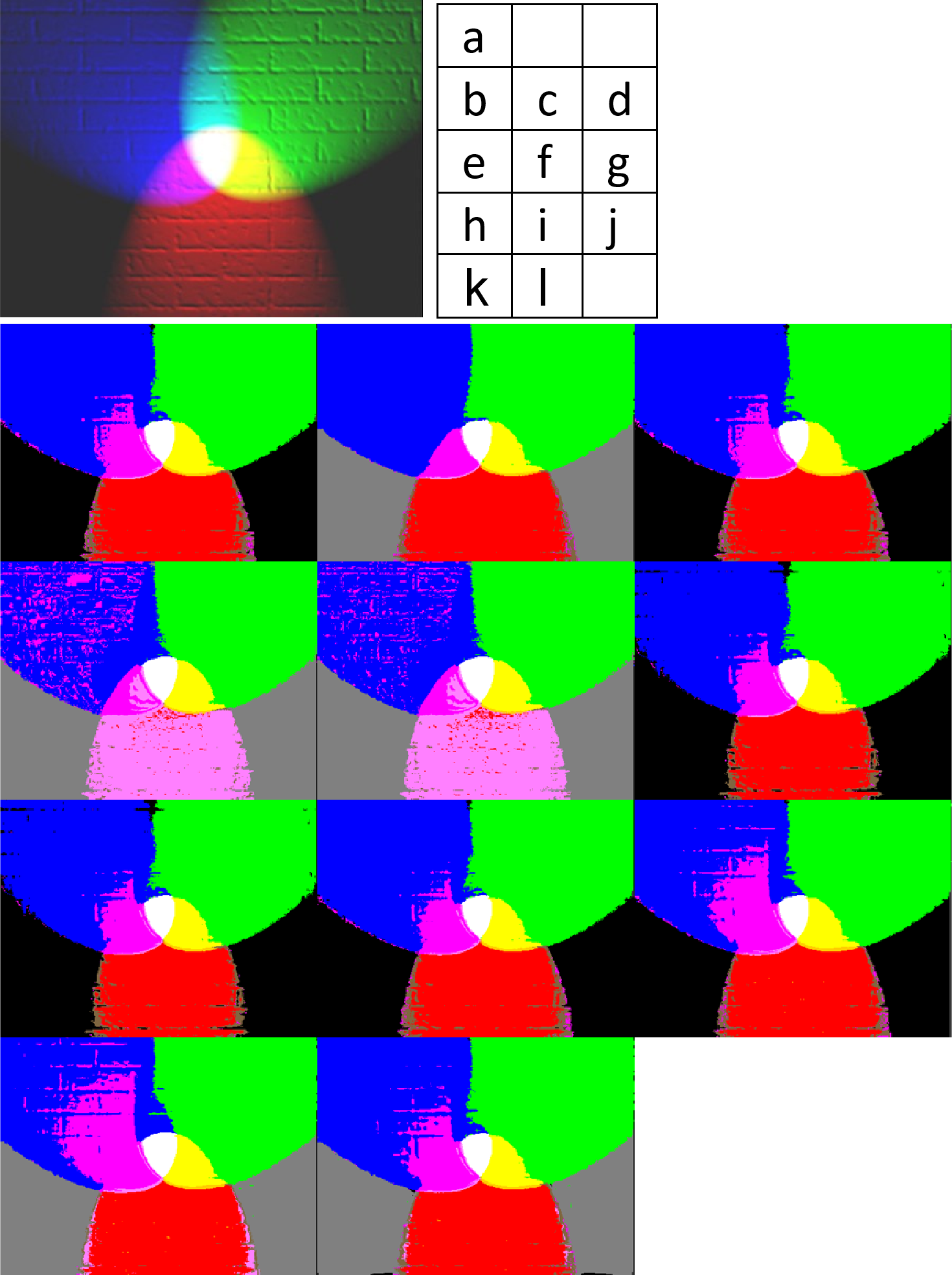
Code: BCI Algorithm
In a general sense, machine/deep learning models may perform better when feature distributions are approximately normal and when feature scales are similar. On the other hand, a disparity in scale may increase computational complexity or even prevent convergence for gradient-based models. This disparity also becomes significant for Euclidean distance base algorithms. How does this hold for 2-dimensional data, namely, digital images? This what this paper explores. For this, we explore the extension of the Box-Cox transformation (power law) to digital images and its effect on the classification performance of some algorithms.
Its underlying algorithm is fully described in:
- A. Cheddad, "On Box-Cox Transformation for Image Normality and Pattern Classification," IEEE Access, Vol.8, pp.154975-154983, 2020, IEEE. Doi: 10.1109/ACCESS.2020.3018874.
[Paper] - [Code (Ver 1)] - [Qualitative Tests (simulation/video/images)].

Code: End-to-End Approach for Recognition of Historical Digit Strings
We propose an end-to-end deep learning approach to handle the challenging recognition task of ancient handwriting style of dates present in a recently published dataset, known as [ ARDIS ]. We show this with slight modifications of the VGG-16 deep model, the framework can achieve a recognition rate of 93.2%, without segmentation or heuristic methods. Moreover, the proposed approach outperforms the well-known CRNN method. data augmentation techniques are introduced to represent classes more efficiently when facing the bottleneck of data scarcity.
Its underlying algorithm is fully described in:
- M. Zhao, A.G. Hochuli and A. Cheddad, “End-to-End Approach for Recognition of Historical Digit Strings”, In Proc: the 16th International Conference on Document Analysis and Recognition (ICDAR 2021), LNCS, vol. 12823, pp 595-609, Springer, Lausanne, Switzerland.
[Paper] - [Code (Ver 1)].
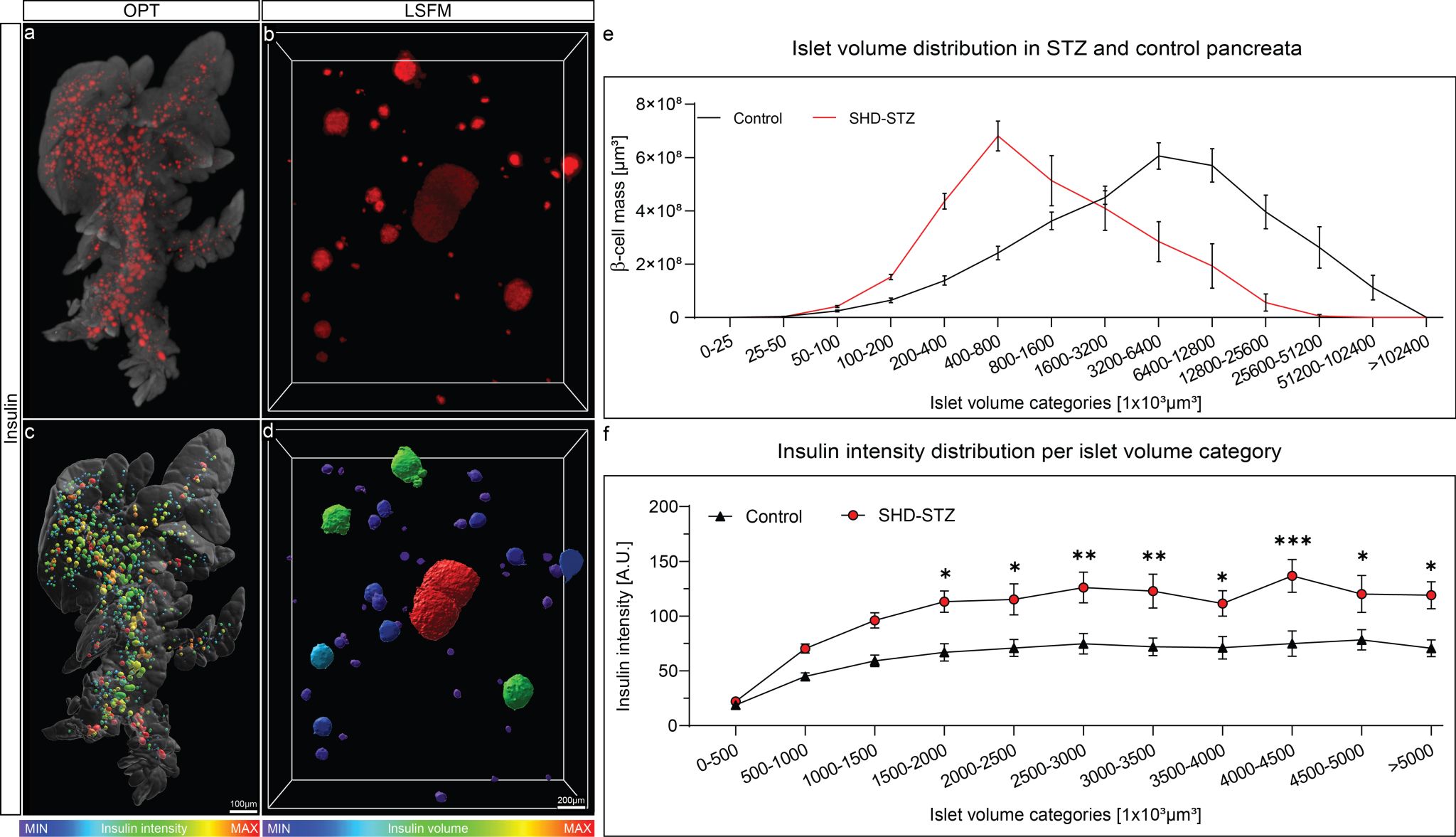
Datasets: Quantitative 3D OPT and LSFM datasets of pancreata
Quantitative 3D OPT and LSFM datasets of pancreata from mice with Streptozotocin-induced diabetes are now available [ Paper] | [ Data Set I] | [ Data sets II and III] |.
The underlying description, algorithms and statistics are fully described in:
- Hahn, M., Nord, C., van Krieken. P. P., Berggren, P., Ilegems, E., Cheddad, A. & Ahlgren, U. Quantitative 3D OPT and LSFM datasets of pancreata from mice with streptozotocin-induced diabetes. Nature- Scientific Data 9, 558 (2022), Springer. https://doi.org/10.1038/s41597-022-01546-5.